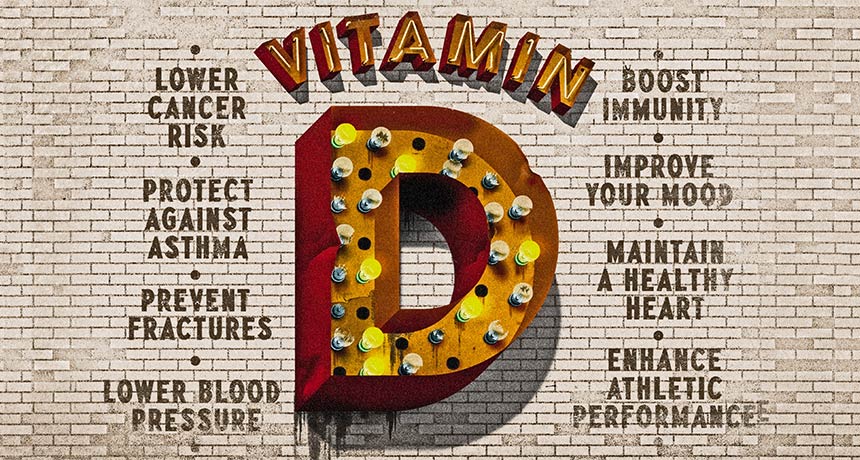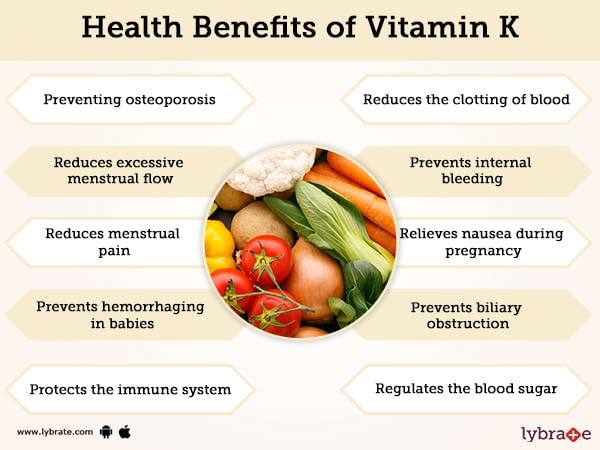Definition
Vitamin is an organic compound and an essential nutrient that an organism requires in limited amounts.
An organic chemical compound is called a vitamin when the organism cannot synthesize the compound in sufficient quantities,and it must be obtained through the diet.
Classification of vitamins
Vitamins C (Acid Ascorbic )
 Benefits of vitamin C
Benefits of vitamin C


There are eight B vitamin : all in all called B complex vitamin.
They are thiamine (B1), riboflavin (B2), niacin (B3), pantothenic corrosive (B5), pyridoxine (B6), biotin (B7), folate (B9) and cobalamin (B12).
In spite of the fact that every one of these nutrients has extraordinary capacities, they by and large assistance your body produce vitality and make significant atoms in your cells .
Beside B12, your body can't store these nutrients for significant stretches, so you need to recharge them consistently through nourishment .
Numerous nourishments give B vitamins, however to be viewed as high in a nutrient, a nourishment must contain at any rate 20% of the Reference Daily Intake (RDI) per serving. Then again, a nourishment that contains 10–19% of the RDI is viewed as a decent source

Fat soluble
Vitamin A:
Vitamin A will be a gathering of unsaturated nourishing natural exacerbates that incorporates retinol, retinal, retinoic corrosive, and a few provitamin A carotenoids (most eminently beta-carotene).Vitamin A has various capacities: it is significant for development and improvement, for the upkeep of the invulnerable framework, and for good vision.It is required by the retina of the eye as retinal, which consolidates with protein opsin to shape rhodopsin, the light-retaining molecule fundamental for both low-light (scotopic vision) and shading vision.It An additionally capacities in a totally different job as retinoic corrosive (an irreversibly oxidized type of retinol), which is a significant hormone-like development factor for epithelial and different cells
Vitamin D :
Presentation
Vitamin D is a fat-dissolvable nutrient that is normally present in not many nourishments, added to other people, and accessible as a dietary enhancement. It is likewise created endogenously when bright beams from daylight strike the skin and trigger nutrient D amalgamation. Vitamin D acquired from sun introduction, nourishment, and enhancements is naturally idle and should experience two hydroxylations in the body for initiation. The first happens in the liver and changes over nutrient D to 25-hydroxyvitamin D [25(OH)D], otherwise called calcidiol. The second happens basically in the kidney and structures the physiologically dynamic 1,25-dihydroxyvitamin D [1,25(OH)2D], otherwise called calcitriol.
Vitamin D acquired from sun introduction, nourishment, and enhancements is naturally idle and should experience two hydroxylations in the body for initiation. The first happens in the liver and changes over nutrient D to 25-hydroxyvitamin D [25(OH)D], otherwise called calcidiol. The second happens basically in the kidney and structures the physiologically dynamic 1,25-dihydroxyvitamin D [1,25(OH)2D], otherwise called calcitriol.
Vitamin E:
Vitamin E is a fundamental nutrient for good wellbeing, and it's found in a wide assortment of nourishments and enhancements. The most ideal approach to devour this nutrient is through a solid eating routine. Lack is uncommon, and overdosing by utilizing supplements is a worry. The individuals who have certain wellbeing conditions or take certain prescriptions ought to be careful of enhancements.
The individuals who have certain wellbeing conditions or take certain prescriptions ought to be careful of enhancements.
Vitamin K:
Vitamin K assumes a key job in helping the blood coagulation, forestalling exorbitant dying. In contrast to numerous different nutrients, Vitamin K isn't ordinarily utilized as a dietary enhancement.

Vitamin K is really a gathering of mixes. The most significant of these mixes has all the earmarks of being Vitamin K1 and Vitamin t K2. Vitamin K1 is gotten from verdant greens and some different vegetables. Vitamin K2 is a gathering of mixes generally got from meats, cheeses, and eggs, and incorporated by microorganisms.
Vitamin K1 is the principle type of Vitamin K supplement accessible in the U.S.
As of late, a few people have looked to Vitamin K2 to treat osteoporosis and steroid-initiated bone misfortune, however the exploration is clashing. Now there isn't sufficient information to suggest utilizing Vitamin K2 for osteoporosis.
Reference :
https://www.time2026end.com/2019/03/vitamin-and-mineral-best-foods-for.html
https://en.wikipedia.org/wiki/B_vitamins
https://en.wikipedia.org/wiki/Vitamin_K
https://www.webmd.com/vitamins-and-supplements/supplement-guide-vitamin-k#1
Vitamin is an organic compound and an essential nutrient that an organism requires in limited amounts.
An organic chemical compound is called a vitamin when the organism cannot synthesize the compound in sufficient quantities,and it must be obtained through the diet.
Classification of vitamins
- Water soluble: vitamins are the B-complex and vitamin C. They are easily flushed out the body.
- Fat soluble:vitamins are A,D,E and K .They can be stored in the body.


- Help to prevent scurvy
- Help to cure lead toxicity
- Effective in curing cataracts
- Aids in lowering hypertension
- Relieves symptoms of asthma
- Prevents symptoms of asthma
- Prevents cancer and heart disease
- Protects against cough and common cold
- Boosts Immunity by Helping White Blood Cells Function Better
- Strong Antioxidant That May Reduce the Risk of Chronic Diseases

There are eight B vitamin : all in all called B complex vitamin.
They are thiamine (B1), riboflavin (B2), niacin (B3), pantothenic corrosive (B5), pyridoxine (B6), biotin (B7), folate (B9) and cobalamin (B12).
In spite of the fact that every one of these nutrients has extraordinary capacities, they by and large assistance your body produce vitality and make significant atoms in your cells .
Beside B12, your body can't store these nutrients for significant stretches, so you need to recharge them consistently through nourishment .
Numerous nourishments give B vitamins, however to be viewed as high in a nutrient, a nourishment must contain at any rate 20% of the Reference Daily Intake (RDI) per serving. Then again, a nourishment that contains 10–19% of the RDI is viewed as a decent source

Fat soluble
Vitamin A:
Vitamin A will be a gathering of unsaturated nourishing natural exacerbates that incorporates retinol, retinal, retinoic corrosive, and a few provitamin A carotenoids (most eminently beta-carotene).Vitamin A has various capacities: it is significant for development and improvement, for the upkeep of the invulnerable framework, and for good vision.It is required by the retina of the eye as retinal, which consolidates with protein opsin to shape rhodopsin, the light-retaining molecule fundamental for both low-light (scotopic vision) and shading vision.It An additionally capacities in a totally different job as retinoic corrosive (an irreversibly oxidized type of retinol), which is a significant hormone-like development factor for epithelial and different cells

Vitamin D :
Presentation
Vitamin D is a fat-dissolvable nutrient that is normally present in not many nourishments, added to other people, and accessible as a dietary enhancement. It is likewise created endogenously when bright beams from daylight strike the skin and trigger nutrient D amalgamation.
 Vitamin D acquired from sun introduction, nourishment, and enhancements is naturally idle and should experience two hydroxylations in the body for initiation. The first happens in the liver and changes over nutrient D to 25-hydroxyvitamin D [25(OH)D], otherwise called calcidiol. The second happens basically in the kidney and structures the physiologically dynamic 1,25-dihydroxyvitamin D [1,25(OH)2D], otherwise called calcitriol.
Vitamin D acquired from sun introduction, nourishment, and enhancements is naturally idle and should experience two hydroxylations in the body for initiation. The first happens in the liver and changes over nutrient D to 25-hydroxyvitamin D [25(OH)D], otherwise called calcidiol. The second happens basically in the kidney and structures the physiologically dynamic 1,25-dihydroxyvitamin D [1,25(OH)2D], otherwise called calcitriol.
Vitamin E:
Vitamin E is a fundamental nutrient for good wellbeing, and it's found in a wide assortment of nourishments and enhancements. The most ideal approach to devour this nutrient is through a solid eating routine. Lack is uncommon, and overdosing by utilizing supplements is a worry.
 The individuals who have certain wellbeing conditions or take certain prescriptions ought to be careful of enhancements.
The individuals who have certain wellbeing conditions or take certain prescriptions ought to be careful of enhancements.
Vitamin K:
Vitamin K assumes a key job in helping the blood coagulation, forestalling exorbitant dying. In contrast to numerous different nutrients, Vitamin K isn't ordinarily utilized as a dietary enhancement.

Vitamin K is really a gathering of mixes. The most significant of these mixes has all the earmarks of being Vitamin K1 and Vitamin t K2. Vitamin K1 is gotten from verdant greens and some different vegetables. Vitamin K2 is a gathering of mixes generally got from meats, cheeses, and eggs, and incorporated by microorganisms.

Vitamin K1 is the principle type of Vitamin K supplement accessible in the U.S.
As of late, a few people have looked to Vitamin K2 to treat osteoporosis and steroid-initiated bone misfortune, however the exploration is clashing. Now there isn't sufficient information to suggest utilizing Vitamin K2 for osteoporosis.
Reference :
https://www.time2026end.com/2019/03/vitamin-and-mineral-best-foods-for.html
https://en.wikipedia.org/wiki/B_vitamins
https://en.wikipedia.org/wiki/Vitamin_K
https://www.webmd.com/vitamins-and-supplements/supplement-guide-vitamin-k#1
Comments